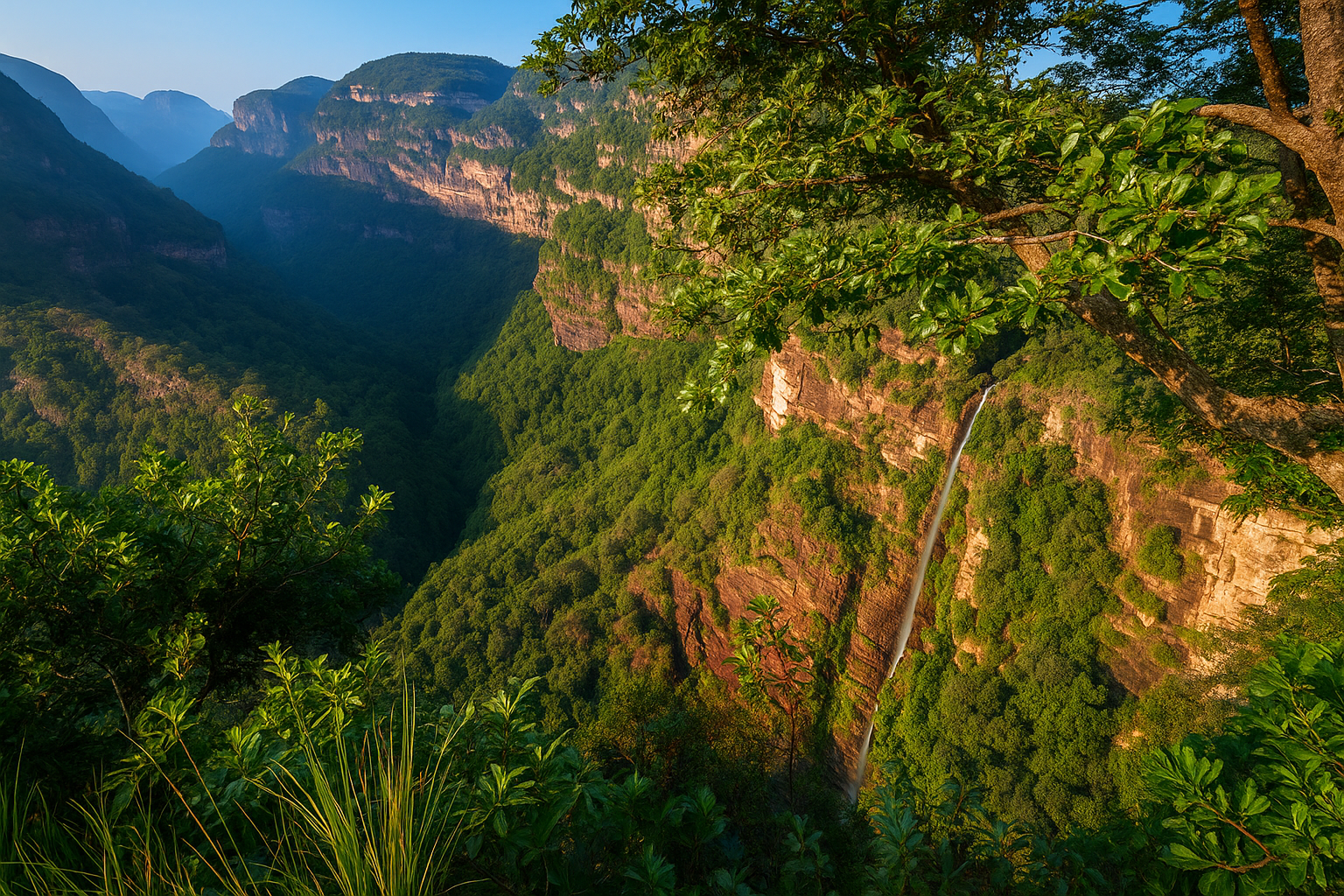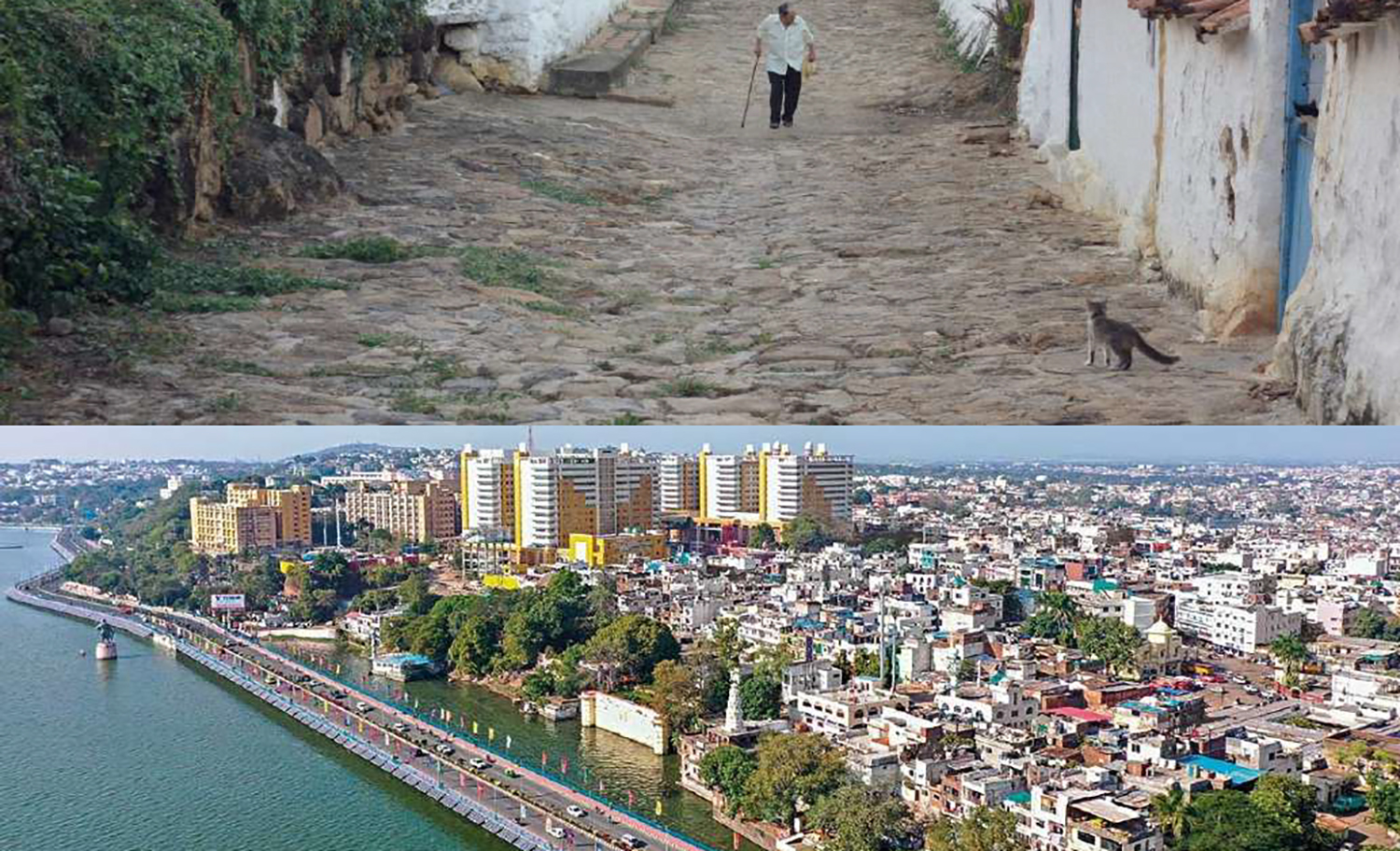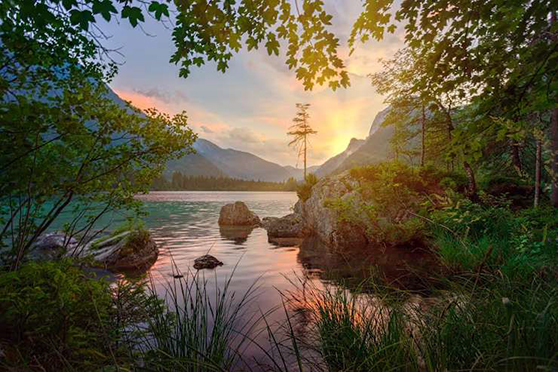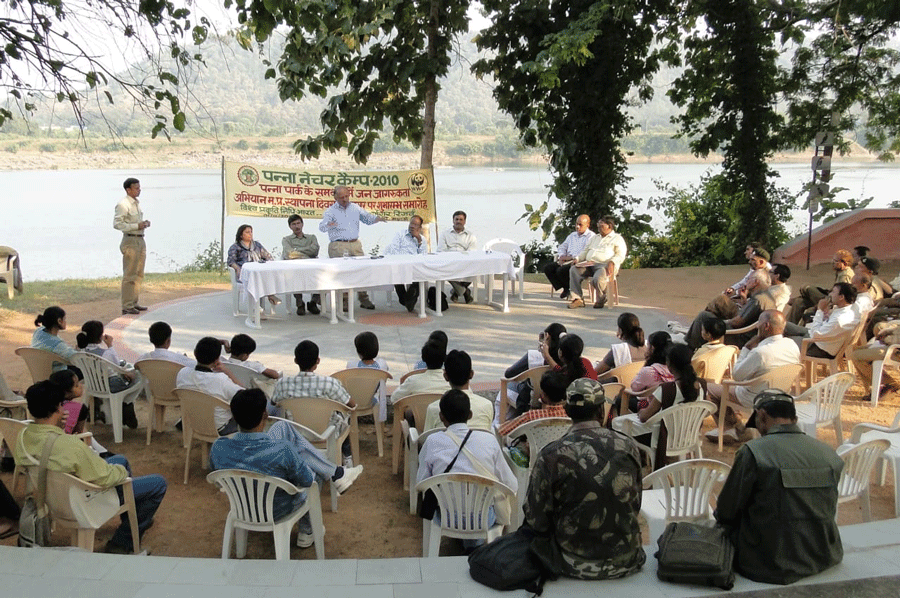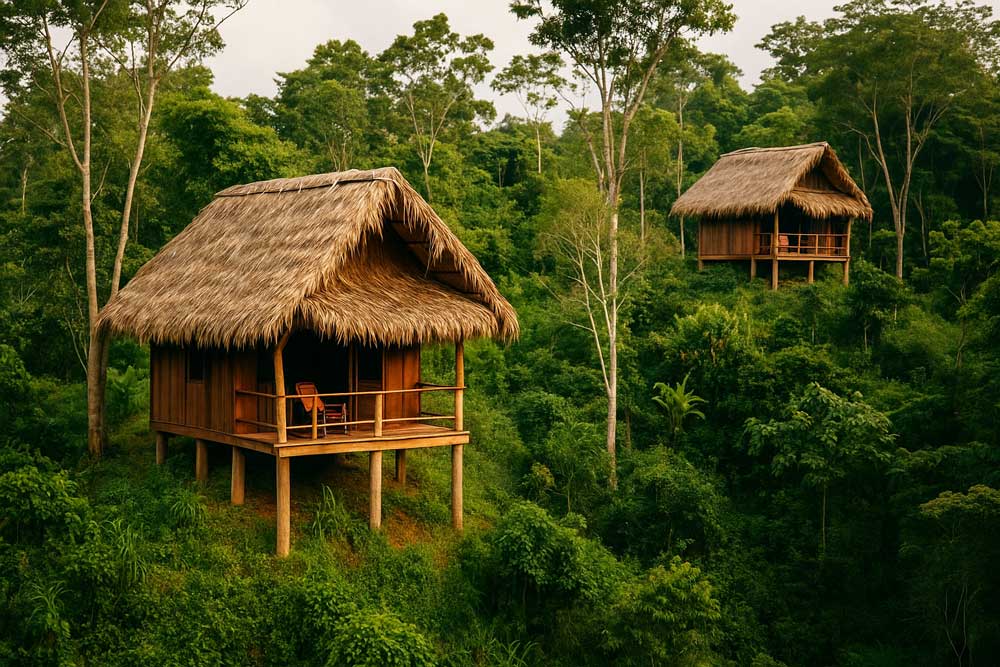ECO-HUTS Vis-a-Vis ECO-TOURISM
– Jagdish Chandra
-GUIDELINES-
These guidelines and policies for the development of eco-tourism is the result of the initiatives taken by the Ministry of Tourism in pursuance of Government policy to achieve sustainability in tourism development and to ensure regulated growth of eco-tourism with its positive impacts of environmental protection and community development. These guidelines have been evolved after analysing various documents and papers available on the subject, including the
I. Guidelines for the development of National Parks and Protected areas for Tourism of the World Tourism Organisation.
II. The Himalayan Codes of Conduct prepared by the Himalayan Tourism Advisory Board.
The Ministry has a committee comprising experts and eco-tourism promoters to deliberate on the issues to prepare basic papers for the formulation of an eco-tourism policy. The contribution of this Committee, headed by Ms Chuden Tshering Misra, Jt Secretary, as well as the deliberations of the Himalayan Tourism Advisoiy Board in the preparation of these guidelines have been substantial. I must commend Dr G. Raveendran, Dy Director General, who has prepared the final report. The draft was discussed in a workshop organised on June 26, 1997 which was attended by representatives of State Governments, Tourism Industry Associations and experts in the field of environment. The suggestions made were incorporated and the final draft was approved by the State Tourism Ministers in the Tourism Ministers’ Conference held on June 27, 1997. It is expected that all State Governments, Industry Associations and those involved in tourism development and the preservation of our environment and natural resources would take positive steps for the implementations of these policies and guidelines.
Year: 1998
Director General
Ministry of Tourism, India
POLICY AND PLANNING:
The national policy on tourism stipulates that tourism should become a unifying force nationally and internationally, fostering better understanding through travel. It should also help to retain and enrich our world-view and life-style, our cultural expressions and heritage in all its manifestations. The prosperity that tourism brings should strengthen and cause accretion, rather than damage, to our social and cultural values and depletion of our natural resources. Realisation of these policy objectives particularly in the context of eco-tourism would involve a selective approach, scientific planning, effective control and continuous monitoring. The developmental process itself should meet the following cardinal principles:
(i) It should involve the local community and lead to the overall economic development of the area,
(ii) It should identify the likely conflicts between resource use for tourism and the livelihood of local inhabitants and attempt to minimize such comfits.
(iii) The type and scale of tourism development should be compatible with the environment and socio cultural characteristics of the local community and
(iv) It should be planned as a part of the overall area development strategy, guided by an integrated land-use plan and associated with commensurate expansion of public services.
The biospheres, mangroves, coral reefs, deserts and mountains which form the core resources for eco-tourism, are fragile ecosystems. Hence decisions for the development of tourism in such areas have to be based on a thorough understanding of local resources, social and economic factors and other characteristics.
The objectives of tourism development in any specified area, as well as the intended’ beneficiaries, dependency and scale of development have to be decided on the basis of these factors and discussions and negotiations with those most directly concerned.
The development of physical infrastructure for tourism should be preceded by the preparation of inventory of resources and a zoning/ management plan to ensure preservation and public use of valuable natural sites.
Whenever destruction or serious alteration of areas of high primary productivity like wetland, sea grass beds, coral reefs or rainforests is contemplated, benefits and costs should be carefully assessed before planning tourism development activities. Further, planning and promotion of tourism should be undertaken as a component part of an integrated, comprehensive resource management plan founded on sound ecological principles.
The Tourism Management Plan should also establish standards for resort development, covering among others, the style and locations of structures, treatment of sewage and control of litter, preservation of open spaces and public use of fragile a, reas. It should further lay down procedures to ensure that sewage is not directed to the beach or the ground water and solid waste is systematically collected and disposed of suitably. Adequate precautionary measures should also be taken to avoid noise pollution. It should also specify methods and material for construction activities and minimize any possible adverse impact on local environment.
Physical planning and design should integrate community services including availability of potable water, transportation and tourism. Transportation and access should also be integrated with other purposes such as industry and trade as communities are the termini for air. land and water access. Physical planning for all travel modes, especially modern tour buses, also needs to be integrated between segments outside and inside the area of attraction.
UNDERSTANDING ECO-TOURISM
Eco-tourism is a specific form of travel defined as responsible travel to natural areas that both conserves the environment and sustains the well-being of local people, while also involving education and interpretation. It is not just about sightseeing or leisure; it is grounded in the principles of environmental conservation, cultural respect, and benefits for local communities.
Core Principles of Eco-tourism:
*Minimize environmental impact: Activities, accommodations, and travel choices are carefully planned to reduce pollution, waste, and damage to local ecosystems.
*Educate and inform: Eco-tourism involves interpretation and education for visitors and staff, enhancing knowledge and respect for nature and culture.
*Benefit local communities: It generates economic opportunities for local people and supports job creation, thus helping fight poverty.
*Promote conservation: Direct financial benefits are created for the conservation of natural areas and wildlife.
*Cultural sensitivity: Eco-tourism encourages respect for local traditions, spiritual beliefs, and ways of life.
Activities Associated with Eco-tourism:
Guided nature walks and hikes – Wildlife photography and watching Snorkeling and diving in marine reserves Eco-adventure sports such as kayaking and ziplining – Community cultural exchange Participating in reforestation or local conservation projects.
Eco Huts: The Essence of Sustainable Accommodation:
Eco huts are small, environmentally designed lodging facilities, often constructed with locally source materials and minimal ecological footprint. These accommodations serve as the backbone of authentic eco-tourism experiences.
Key Features of Eco Huts:
Sustainable materials: Constructed using bamboo, wood, thatch, or recycled materials to blend with and preserve the natural habitat.
Energy efficiency: Use of solar panels, rainwater harvesting, compost toilets, and natural ventilation to minimize reliance on nonrenewable resources.
Low-impact design: Structures are strategically placed to avoid disturbing wildlife and vegetation.
Waste management: Implement composting, recycling, and eco-friendly waste disposal systems. **Local integration:** Often built and operated by locals, ensuring economic benefits flow directly to the community.
Educational value: Eco huts frequently offer environmental information, guided nature tours, and opportunities for guests to participate in sustainable practices.
Eco Huts Vis-à-Vis Eco-tourism: A Symbiotic Relationship
1. Foundational Role in Eco-tourism:
Eco huts exemplify the ethos of eco-tourism by providing comfortable, immersive experiences with nature while protecting the environment. By limiting construction scale and using green technologies, eco huts demonstrate how tourism infrastructure can coexist with fragile ecosystems. They become centers from which activities such as wildlife watching, hiking, or conservation volunteering originate.
2. Benefits to Local Communities:
Eco huts, when owned or managed by local people, serve as catalysts for rural development. They create employment, promote indigenous skills and crafts (architecture, cuisine, guiding), and empower communities to preserve both their environment and their cultural heritage. The profits from eco-tourism can be reinvested in conservation or local amenities, creating a positive cycle of empowerment and stewardship.
3. Conservation and Education:
Unlike conventional hotels, eco huts directly contribute to conservation efforts. They often operate in partnership with NGOs, forest departments, or local trusts. Guests staying at eco huts are educated, sometimes even involved in hands-on conservation projects, like tree-planting or wildlife monitoring, thus fostering deeper appreciation and understanding.
4. Visitor Experience and Environmental Stewardship:
Lodging in an eco hut offers guests the sights, sounds, and tranquility of untouched nature-an experience far removed from mass tourism’s resorts. This intimacy with the environment inspires greater environmental stewardship among tourists. Eco huts catalyze personal transformation where guests become advocates for conservation even after their visit[1][2][9].

ECO-HUTS V/S CONCRETE DESIGN


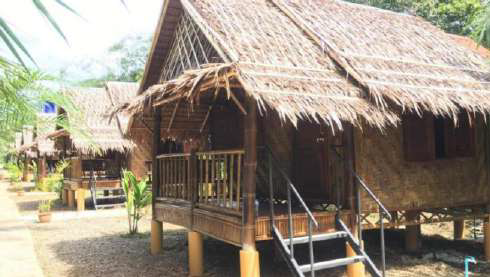
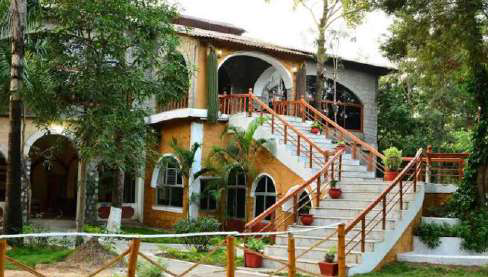
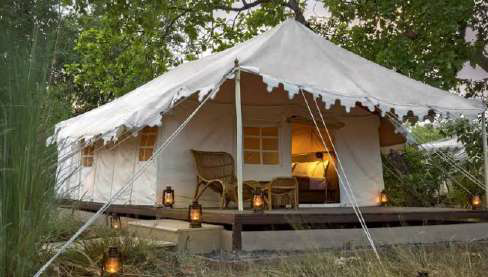


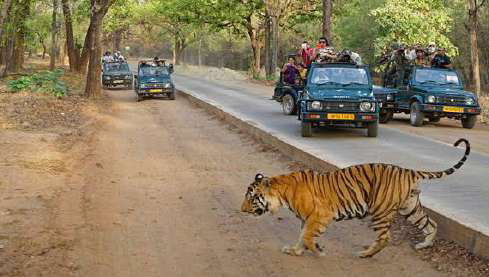
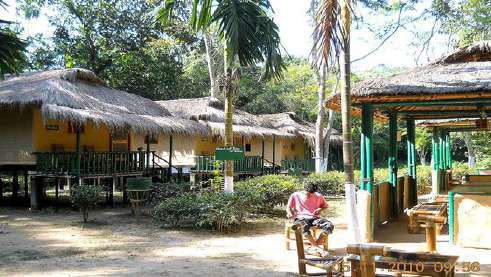
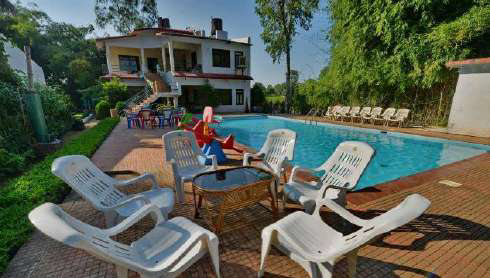
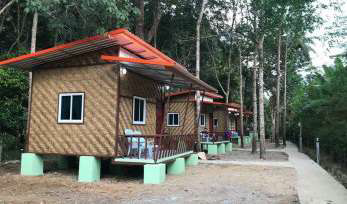
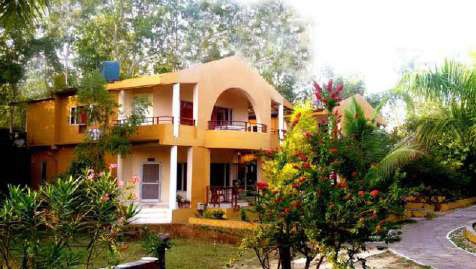
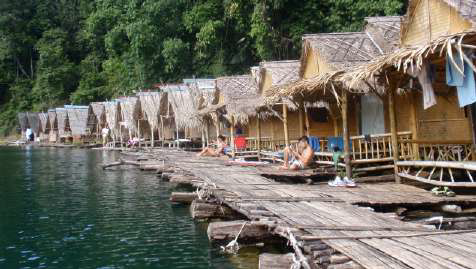
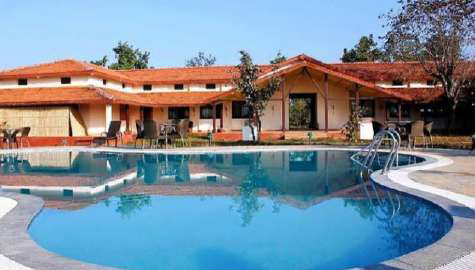
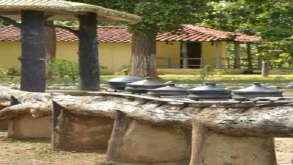

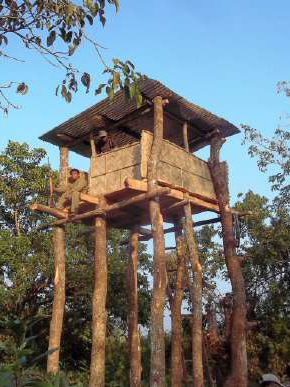
We have not inherited nature
& its natural resources from our ancestors we have borrowed it from our children and hence we have to return it back to them… Says the World conservation Straetegy 1980. Imagine???
In the name of tourism are
we not ruining our forests?


Challenges and the Path Forward: While the eco hut model holds immense promise, it faces certain challenges:
Greenwashing: Not all accommodations labeled “eco” follow authentic sustainable practices of greenwashing. Thus, travelers have to be careful about the falsely acclaimed environmental facilities.
Balancing comfort: Providing adequate guest comforts without compromising sustainability requires continual innovation. Regulatory and economic barriers: Local regulations or lack of funding can limit the scale or quality of eco hut initiatives.
True eco-tourism: embodied by genuine eco-huts as sown in the comparative photos, one must experience and remain a delicate balance-one that requires careful planning, local involvement while constructing the eco-huts.
Conclusion: Eco Huts as Catalysts of Eco-tourism
Eco huts and eco-tourism are deeply interlinked: eco huts provide the practical infrastructure for low-impact stays, while eco-tourism supplies the philosophy and economic rationale for their existence. Together, they foster conservation, celebrate local culture, and offer guests enriching experiences that help preserve the planet’s most precious natural and cultural treasures for generations to come.
Citations:
What Is Eco-tourism https://ecotourism.org/what-is-ecotourism/
What is Eco-tourism? Meaning, Examples and Advantages – LinkedIn https://www.linkedin.com/pulse/
Eco-tourism, biodiversity conservation and livelihoods https://www.sciencedirect.com/science/article/pii/
Eco-tourism – Wikipedia https://en.wikipedia.org/wiki/Ecotourism
An Introduction to Eco-tourism Planning https://videa.ca/wp-content/uploads/
Eco-Tourism In India – All You Wanted To Know https://www.holidify.com/pages/eco-tourism-in-india-1695.html
The Pros and Cons of Eco-tourism https://www.worldtrips.com/resources/the-pros-and-cons-of-ecotourism

Author:
I.F.S. (Retd.) and Editor ME & MY EARTH


